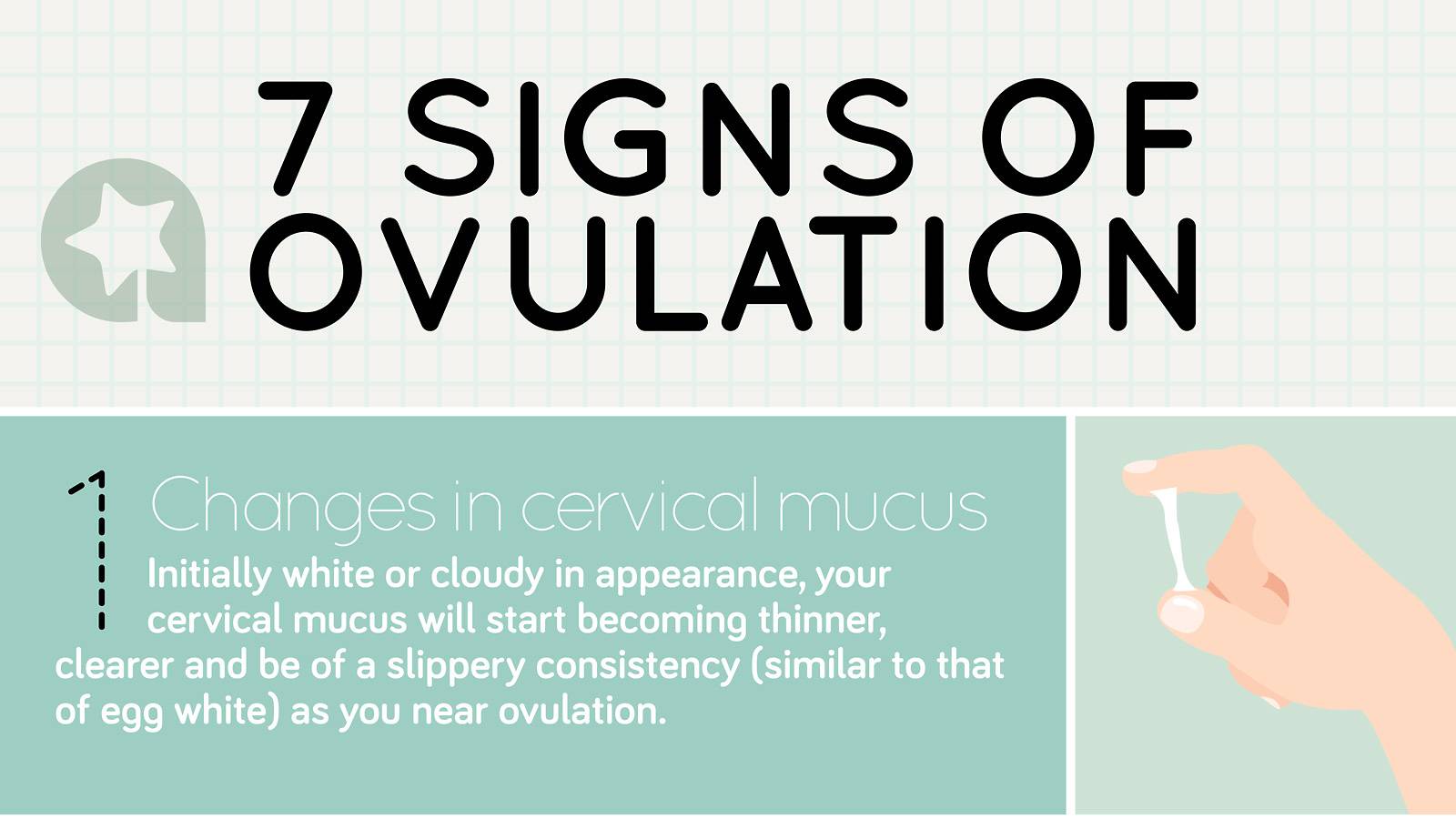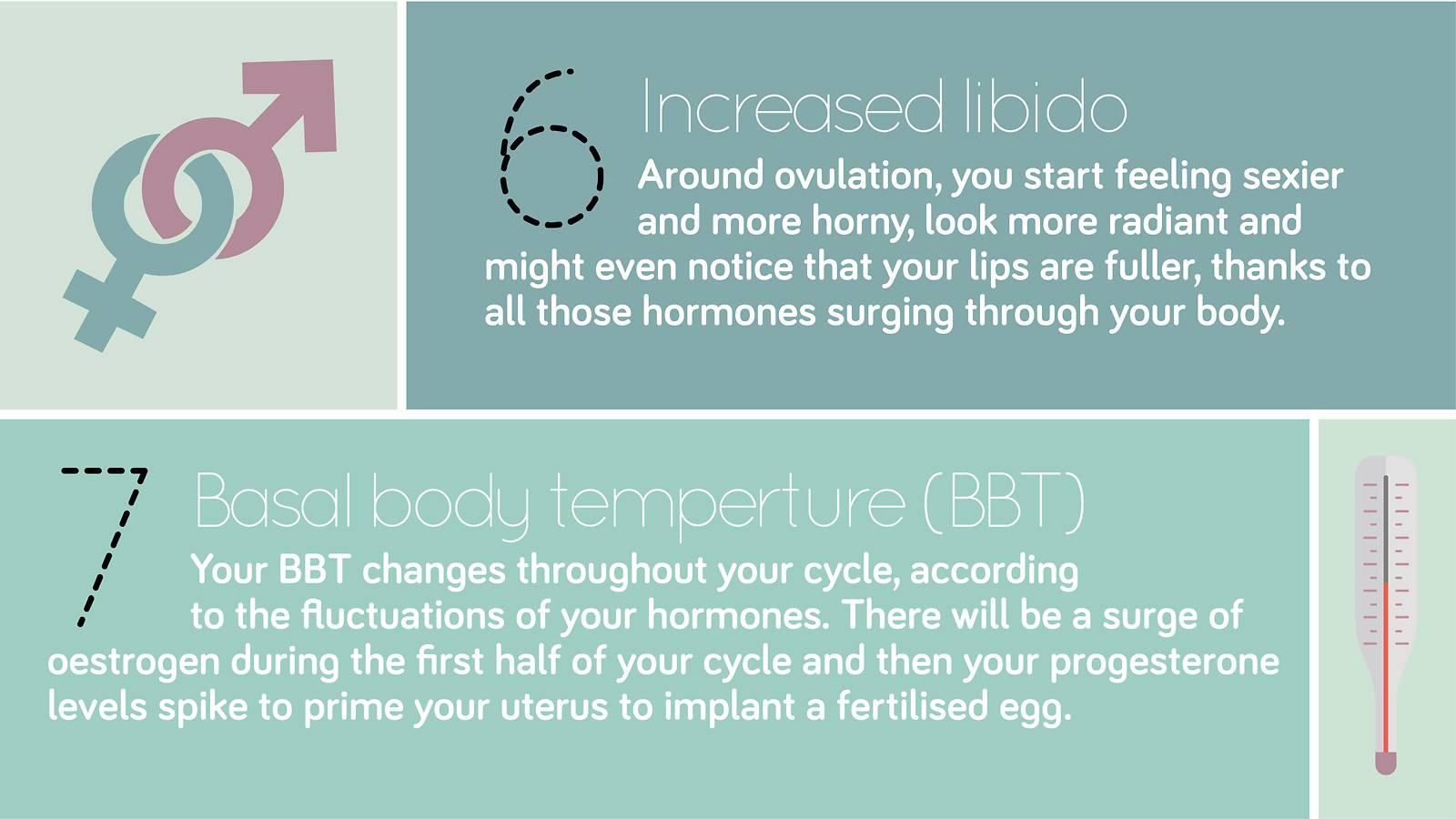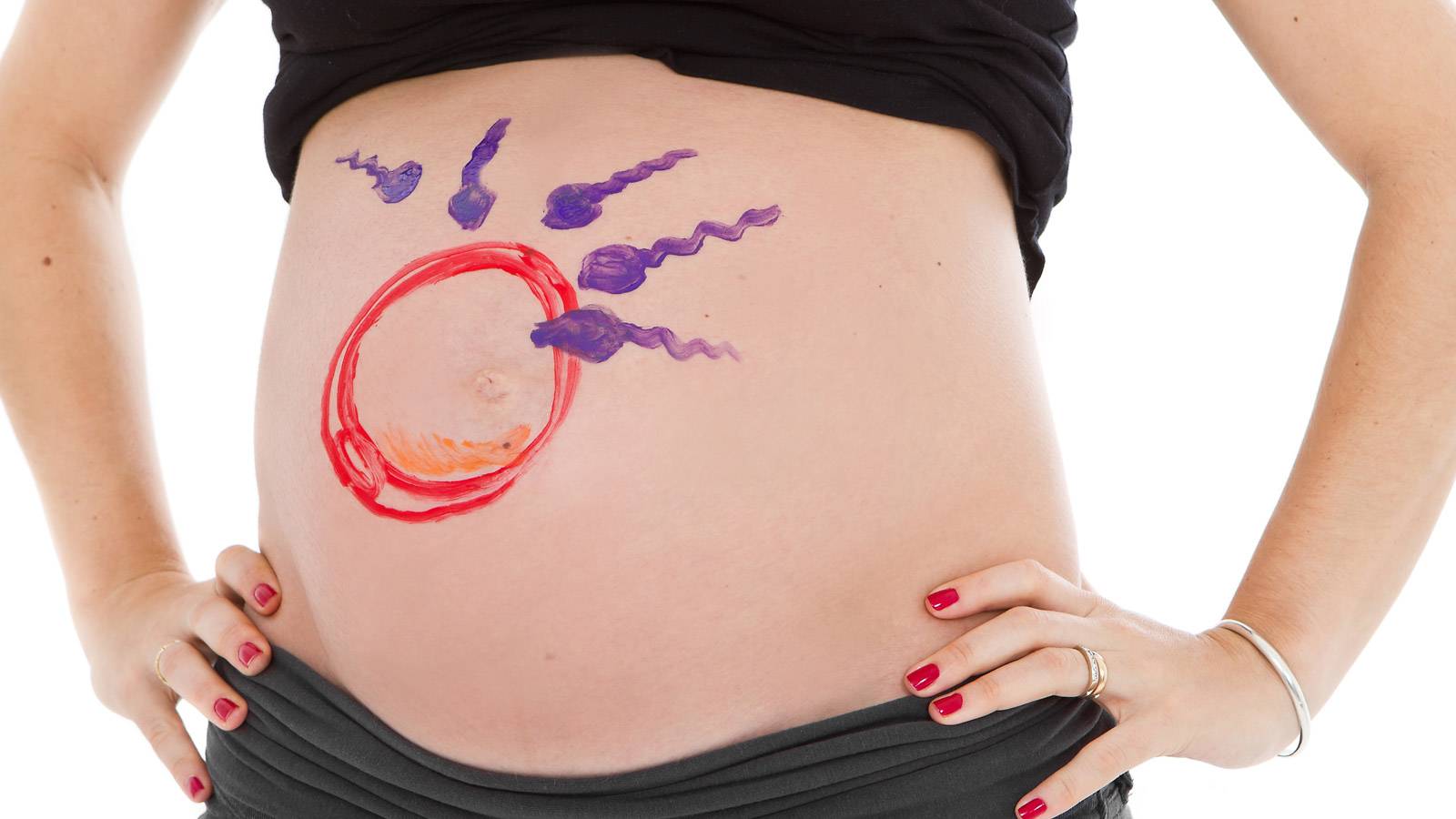Ready to be a mum? Up your chances of conceiving by first getting familiar with your monthly cycle.
If you’re trying to get pregnant, chances are, you’ll be on the lookout for signs that you’re ovulating ― exactly when your ovary releases an egg. Doing the horizontal mambo on this exact day or in the days leading up to this event offers you a 20 per cent chance of getting pregnant every month.
Every woman is born with millions of immature eggs that are usually released one at a time every month. Once released, the egg is viable for only 12 to 48 hours. Doesn’t seem like much leeway to make a baby, eh? Oh, your husband’s sperm, after ejaculation, can remain in your body for up to six days to fertilise the egg.
“Ovulation takes place 14 days before your next expected menses,” notes SmartParents expert Dr Christopher Chong, an obstetrician-gynaecologist at Gleneagles. However, since some women are on a 40-day cycle while others have a 30-day cycle, it’s important to remember that this 14th day may vary. He points out, “Your cycles may vary but ovulation is fairly fixed.”
Knowing when you ovulate can be tricky, especially if you aren’t familiar with the length of your cycle ― though it’s more common than you think! But recognising it won’t just increase your chances of conception, it can even predetermine your baby’s gender. While it’s not medically supported, many women say that having intercourse a few days before ovulation increases your chances of having a girl, while doing it on the day of ovulation may produce a boy.
Understanding your regular ovulation cycle will also give you a clearer picture of how healthy your reproductive system is, especially since not all women ovulate on a monthly basis. Some ovulate on alternate months, while others go for months without doing so ― and may have various medical reasons, such as immature eggs or a hormonal imbalance, such as polycystic ovary syndrome.
Dr Chong warns, “Even if you don’t ovulate, hormones are still being secreted and this can cause the lining of the womb [endometrium] to thicken. A thickened lining in the long run can lead to abnormal and pre-cancerous cell changes, and if left untreated, can lead to cancer.”
Lifestyle changes such as sudden weight gain or loss and strenuous exercising (especially among regular marathon runners) can also wreak havoc on your ability to ovulate. Autoimmune diseases like abnormal thyroid hormones and systemic lupus erythematosus also have antibodies that attack the ovaries, causing no or abnormal ovulation, Dr Chong adds.
Clearly, knowing when the Big O occurs benefits you in many ways. Here are seven ways to help you pin it down.




Infographic: Paulyn Ng
CHANGES IN CERVICAL MUCUS
The changes in cervical mucus consistency help sperm to swim right up to the egg. To check your cervical mucus, wipe yourself or insert a clean finger up your vagina and remove some to test.
HEIGHTENED SENSE OF SMELL
This could be due to the rise in oestrogen levels or basic biology ― women are more primed to be attracted to the male pheromone androstenone, a hormone that contributes to body odour.
SORE/TENDER BREASTS
This feeling of discomfort will last about a week or two before you get your period. Keeping track of when it starts will indicate that you’re nearing ovulation.
MILD PELVIC OR LOWER ABDOMINAL PAIN
You will feel the pain on the side where ovulation is taking place. This is also known as mittelschmerz, a German word directly translated to “middle pain”.
LIGHT BLEEDING
This light spotting is the residual blood from the rupture of the follicle. However, not everyone experiences it and it’s usually so light, it’s easy to miss it, unless you are closely monitoring your cycle.
INCREASED LIBIDO
Another theory not readily backed up by science, but makes perfect sense from Mother Nature’s point of view. These symptoms not only put you in the mood for baby making, but also make your partner more attracted to you. In fact, several studies have been done that indicate men are drawn to women when they are ovulating.
BASAL BODY TEMPERTURE (BBT)
Your BBT changes mean that your body temp will be lower in the first half of the cycle and higher after ovulation. Use a basal body thermometer to chart your temp for a few months to recognise the pattern and know exactly when you are ovulating. To get the most accurate reading you need to take your BBT first thing in the morning, after at least three to five hours of sleep. Do this before you get out of bed, use the loo or talk to anyone.
SmartParents expert Dr Christopher Chong is an obstetrician-gynaecologist at Gleneagles Hospital.
Photo: iStock
You may also like…
